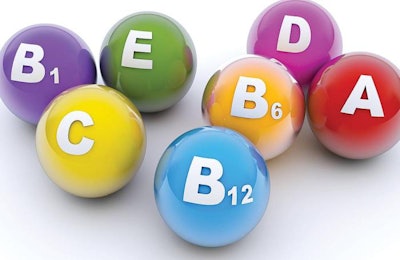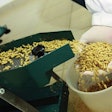
I was recently informed that the amount of vitamins in a product I designed will have to be increased because the feed mill could not keep the trace minerals in a separate premix. Yet this feed plant, like so many others, uses a myriad of additives, and keeping two premixes — one for vitamins and the other for trace minerals — should not be a problem.
Textbooks going back several decades strongly advocated keeping the two premixes separate because some forms of inorganic trace minerals cause excessive oxidation in certain sensitive vitamins. This has been one of the reasons why modern vitamin premixes tend to be generous in such vitamins. Of course, in times past, the practice of combining all micro-ingredients into one premix was deemed essential from a logistics standpoint as most farms or feed mills were of a relatively small size. This is no longer necessary, at least on most commercial farms and feed mills.
One might argue that adding a bit of extra vitamins is not a big expense, and I will agree. But the problem is not just the cost but rather the uncontrolled oxidation and damage of certain vitamins. If we add 20 percent of a vitamin because we expect losses over many months of storage, we end up depending on an average that simply does not exist. Practical, commercial conditions seldom manage to find the golden average of science, and making exception from the norm is the new normal.
Thus, it is imperative to heed the old advice and separate the two premixes in two products. This will not only prevent vitamins from being destroyed needlessly, but will also increase flexibility in redesigning either premix to conform with new advances in science or new surprises from legislation.


















